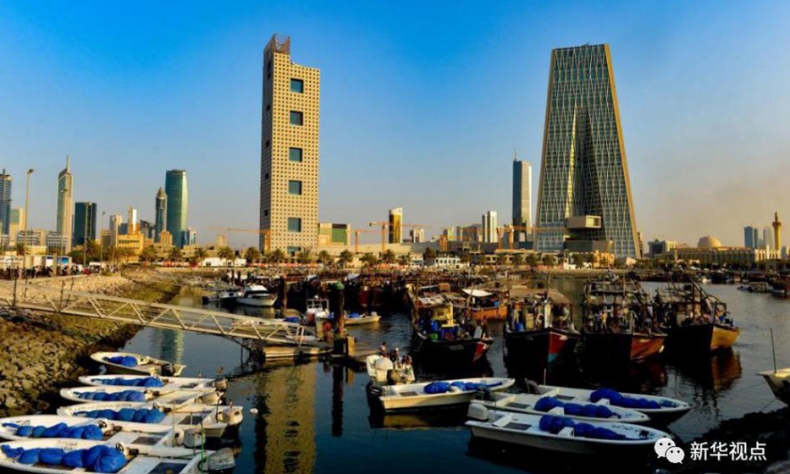In Mideast, China’s Strategy Is Economic

The Belt and Road Initiative (BRI) – under which China is connecting itself with its “natural partners” along the Silk Road trading routes of the past – continues to be a guide for the Arab world and the Middle East.
By Haifa Said
The Belt and Road Initiative (BRI) – under which China is connecting itself with its “natural partners” along the Silk Road trading routes of the past – continues to be a guide for the Arab world and the Middle East.
China realizes that the Arab world is an important and inevitable outlet for the realization of the project, which will connect Asia and Europe through a network of roads, ports and railways.
The wars and political instability sweeping the Arab world, however, threaten Beijing’s plan. Regional complications pose challenges to China-Arab ties and demand new solutions.
China has long asserted that it pursues a “non-interference” policy in the Mideast, one that is purely economic and mainly energy-driven. The country has relied on the region’s oil and gas supplies to drive its fast-paced growth, but has shunned political involvement.
Beijing’s policy has drawn criticism internationally, with the U.S. accusing it of being a free rider in the Middle East for taking financial advantage of the energy flow and giving little in return with regard to democratization, conflict resolution and the fight against terrorism.
However, China’s Mideast strategy cannot be entirely viewed through the prism of the approach that saw the U.S. and its allies launching wars and regime change in Afghanistan, Iraq, Libya, Yemen and Syria, and failing to solve the decades-long Israeli-Palestinian conflict.
Instead, China has publicized a policy that promotes stability, security and economic development as solutions to rid the region of its problems.
A conflict management-oriented strategy has been a defining characteristic of China’s Mideast policy thus far.
Beijing disagreed with the U.S.’s 2003 invasion of Iraq, vetoed U.N. Security Council resolutions aimed at imposing regime change during that country’s civil war, tries to keep balanced ties with the regional foes Iran and Saudi Arabia, and supports a two-state solution for the Israeli-Palestinian conflict. Beijing claims that it does not have any geopolitical agenda in the Mideast, and asserts that its approach is based on peace brokering and economic development. Indeed, regional oil-rich countries are opening their petroleum markets wider to China to fill the void left by the U.S., whose Mideast energy sales are dwindling as it increasingly relies on its own shale oil and gas.
Seeking to diversify their revenue sources and attract foreign investment, Arab countries have allowed China to develop new infrastructure, build harbors, airports, metros, roads, high-speed railways and industrial parks, and import advanced technologies. 2016 visits to Egypt, Saudi Arabia and Iran by Chinese leadership resulted in contracts and loans worth hundreds of billions of dollars. Chinese humanitarian aid has flowed into the region, Chinese products have flooded Arab markets, and China is positioning itself as a leading actor in reconstruction in post-war Syria.
In 2010, China surpassed the U.S. as the Arab states’ largest trading partner. China-Arab trade in 2017 reached US$200 billion, and direct Chinese investment in Arab countries reached US$1.26 billion. Chinese leaders have promised over US$23 billion in loans to Arab states and in aid to Palestine, Syria, Yemen, Jordan and Lebanon, in addition to supporting the financial sector in the form of a China-Arab bank consortium. China also expects to import US$8 trillion worth of products from Arab states by 2025.
This relationship demonstrates the intersections of Arab countries’ “eastward-looking” policies and China’s “westward-looking” strategy.
Source: China.org.cn
Haifa Said is chief editor of the English Department at the Syrian Arab News Agency.
Opinion articles reflect the views of their authors, not necessarily those of China Focus
 Facebook
Facebook
 Twitter
Twitter
 Linkedin
Linkedin
 Google +
Google +










